Employing s-SHG and s-CRD spectroscopy, German scientists shed light on silver cluster as small as tens of atoms.
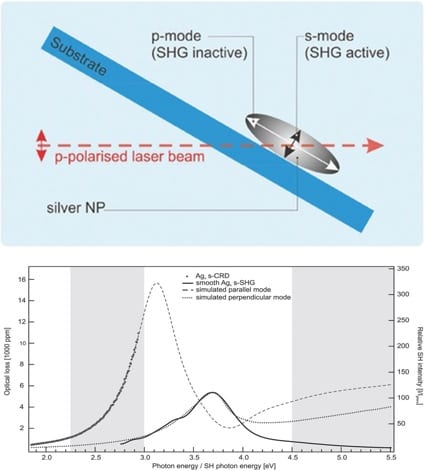

Employing s-SHG and s-CRD spectroscopy, German scientists shed light on silver cluster as small as tens of atoms.
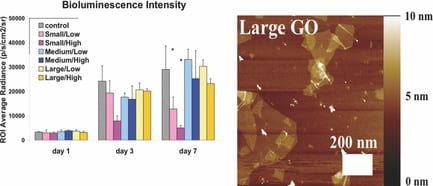
A team from Stanford University has investigated the effects of graphite oxide nanoparticles on mouse embryonic stem cells.
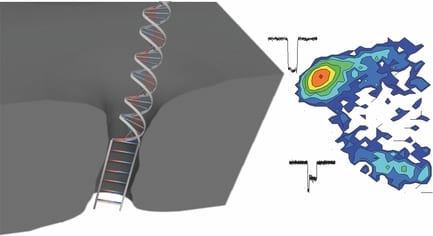
A team from the University of Ottawa, Canada have automatically fabricated 2-nm solid-state nanopores with high yield.
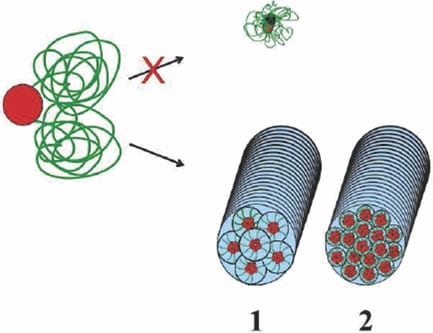
Researchers have reported an attempt to mimic nature’s concepts in forming synthetic hydrogel fibers via a bottom-up self-assembly process.
Scientists from Australia in Australian National University have examined recent progresses on the mechanisms of water and ion transport through nanoscale pores.
The research article from Georgia Tech addresses an important issue in the current battle against cancer – the development of resistance to anticancer drugs, which leads to the loss of efficacy of chemotherapeutic treatment.
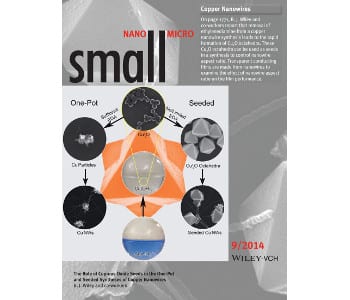
New research from Duke University may clarify the questions remaing in the synthesis of Cu nanowires via the EDA-mediated method.
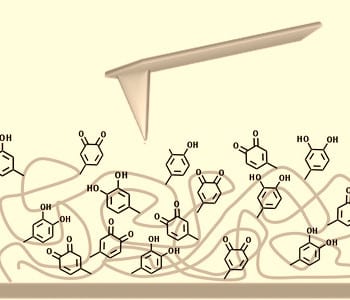
Team reports a catechol-based SAM technique to produce more homogeneous catechol-containing surface with improved adhesion properties.
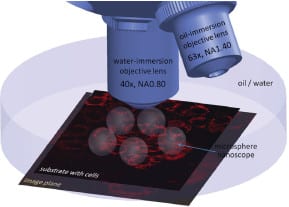
Researchers at EPFL have successfully demonstrated super-resolution biological microscopy using virtual imaging with an affordable microsphere nanoscope.
Researchers from Tianjin University describe the fabrication of an efficient nanostructured heterojunction photocatalyst.